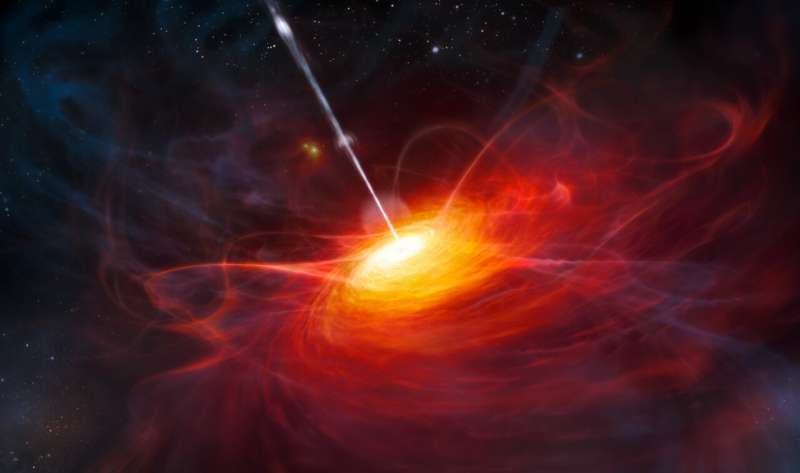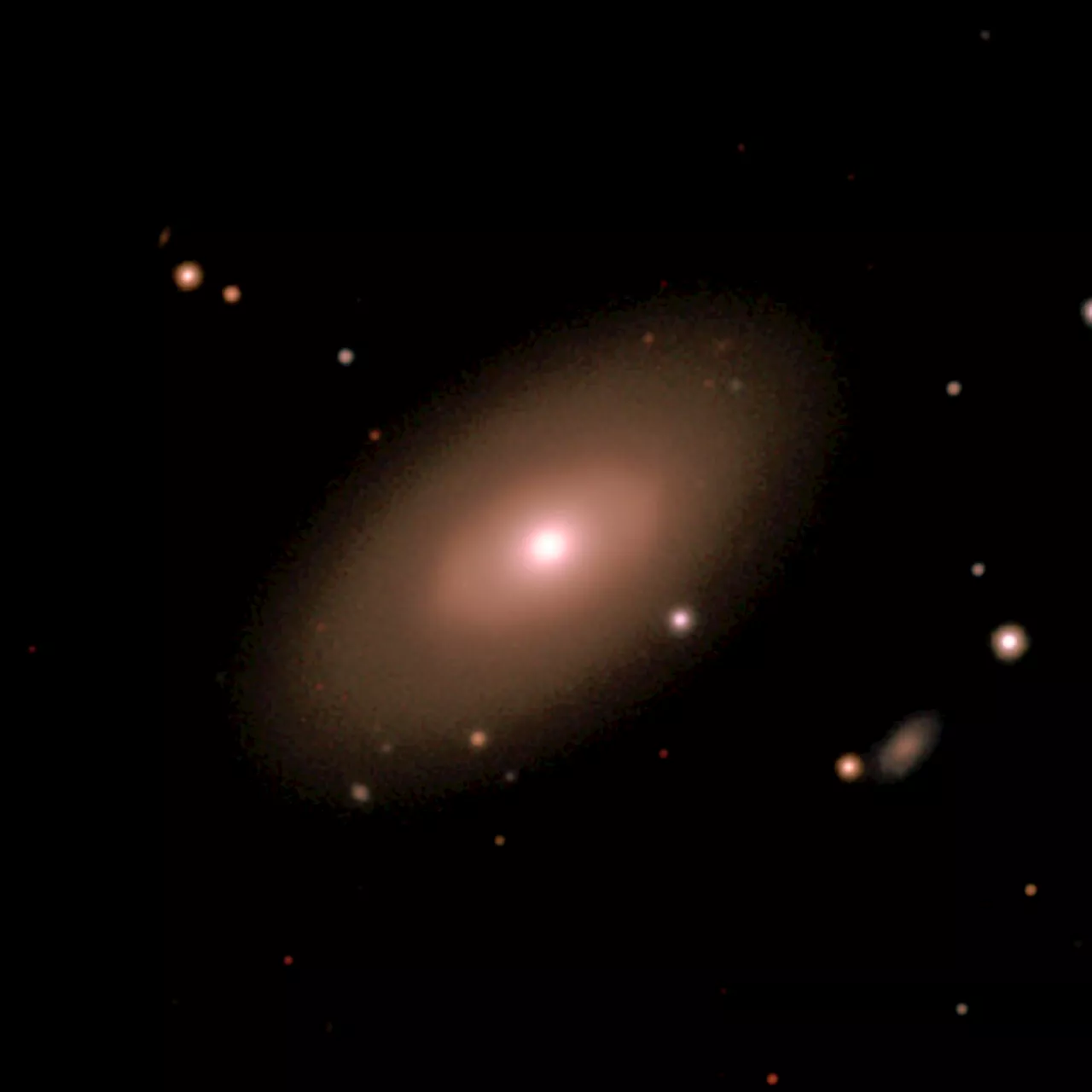In a groundbreaking study, a team of Japanese physicists has revived a hypothesis first proposed by Lord Kelvin in 1867 to address a fundamental question in cosmology: Why is the universe predominantly composed of matter rather than antimatter? The research, led by Muneto Nitta from Hiroshima University, suggests that the concept of “cosmic knots,” which are topologically stable structures in spacetime, may have played a crucial role in the early universe.
The challenge of understanding the disproportionate amounts of matter and antimatter in the universe has puzzled scientists for decades. The Big Bang model posits that equal quantities of both should have formed, but observations indicate a striking asymmetry. For every billion pairs of matter and antimatter particles, only one matter particle remains. This discrepancy is at the heart of the question of why structures like stars, galaxies, and human beings exist.
Nitta and his team propose that during the universe’s infancy, cosmic knots emerged and favored the production of matter over antimatter. Their study introduces an innovative framework that combines two significant symmetries: the Baryon Number Minus Lepton Number (B-L) symmetry and the Peccei–Quinn (PQ) symmetry. This combination allows for the natural formation of knots in the early universe, generating a surplus of matter.
The Mystery of Matter-Antimatter Asymmetry
The Standard Model of particle physics effectively describes the fundamental building blocks of matter but fails to explain the observed matter-antimatter imbalance. Nitta emphasizes, “This study addresses one of the most fundamental mysteries in physics: why our universe is made of matter and not antimatter.” Understanding this gap in knowledge is critical as it directly relates to our existence.
The integration of B-L symmetry, which helps explain the behavior of neutrinos—often referred to as “ghost particles”—with the PQ symmetry, which addresses the strong CP problem, provides a new insight into the early universe. The research indicates that as the universe cooled post-Big Bang, phase transitions may have produced cosmic strings, hypothetical defects in spacetime.
The combination of flux-carrying B-L strings with superfluid-like PQ vortices could lead to the formation of stable knot solitons. These knots would eventually decay through quantum tunneling, resulting in the production of heavy right-handed neutrinos. This process is believed to create more matter than antimatter, with the team’s calculations indicating that the collapse of knots could have reheated the universe to 100 GeV, a threshold crucial for lasting matter formation.
Future Implications for Cosmic Research
The implications of this research extend beyond theoretical physics. The study suggests that the dynamics of the universe’s evolution may have altered its “gravitational wave chorus,” shifting it towards higher frequencies. This shift could potentially be detected by future observatories such as the Laser Interferometer Space Antenna (LISA) in Europe, the Cosmic Explorer in the United States, and the Deci-hertz Interferometer Gravitational-wave Observatory (DECIGO) in Japan.
By exploring these cosmic knots and their effects, scientists could gain deeper insights into the fundamental nature of our universe and the origins of matter. As Nitta and his team continue their research, they are poised to contribute significantly to the ongoing quest to unravel the mysteries of existence itself.







